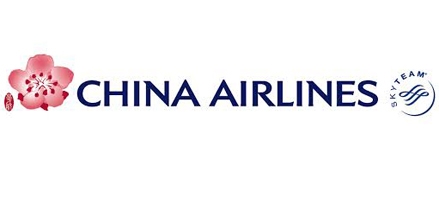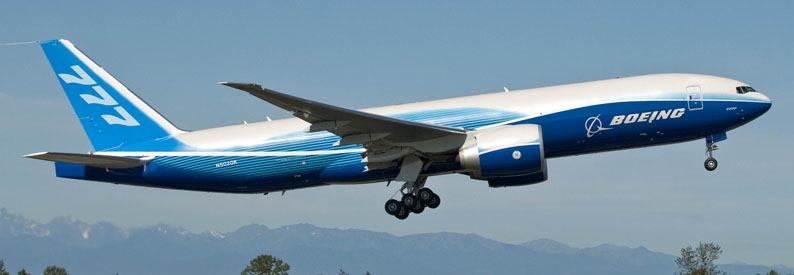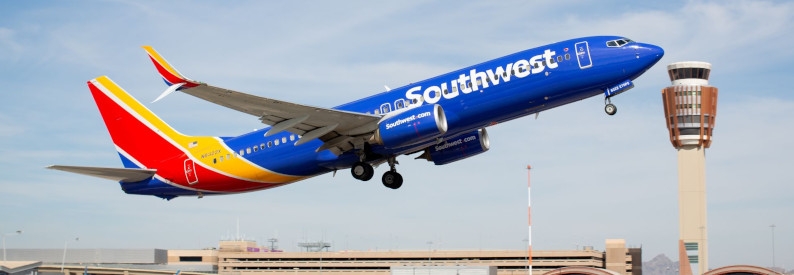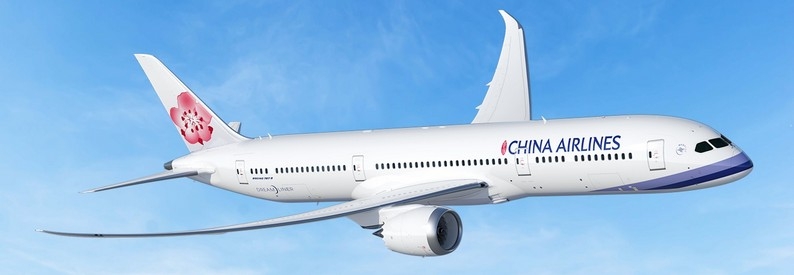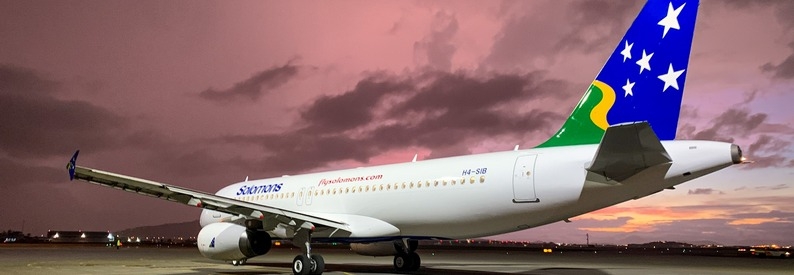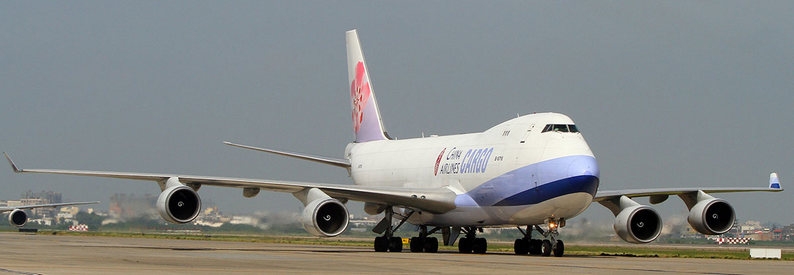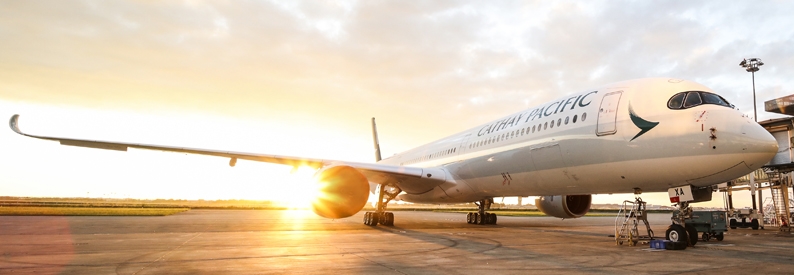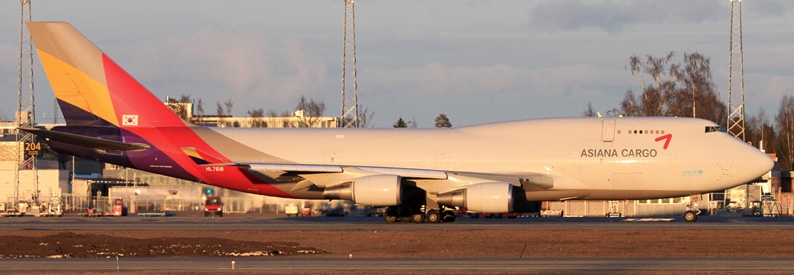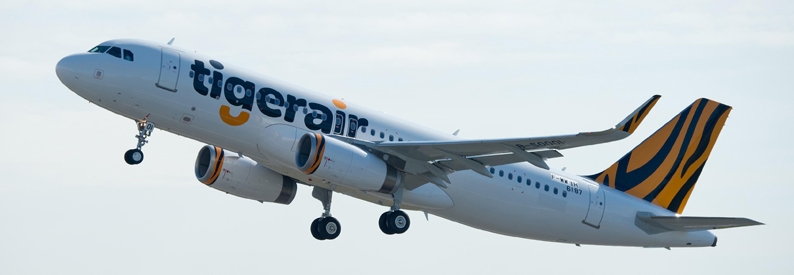China Airlines (CI, Taipei Taoyuan) will choose between Boeing’s much-delayed B777X (B777-9) and Airbus’s A350-1000 to replace the ten B777-300ERs it currently operates, its president Kao Shing-Hwang told Bloomberg Television on August 29.
“We are looking for a new fleet” to replace the existing B777 widebodies, he said without specifying a possible timeline for the upgrade.
Taiwan’s majority state-owned flag carrier had already finalised a deal with Boeing last year to acquire sixteen B787-9s with options for a further eight. In May this year, it firmed the eight options to take its total order for the type to 24, with the option to convert some of them - Kao said it would likely convert six - into higher-capacity B787-10s.
China Airlines will have a better sense of how many B777Xs or A350s will be needed once it decides on the number of B787-10s, Kao said. The ten B777-300ERs have an average age of 8.3 years, the ch-aviation Commercial Aviation Aircraft Data module shows, and are leased from ICBC Financial Leasing (four), Mirae Asset Financial Group (one), FPG Amentum (one), CMB Financial Leasing (one), Zeus Aircraft Owner 1 Ltd (one), and Korea Investment & Securities (one).
China Airlines currently operates seven aircraft types including freighters, namely ten A321-200NXs, twenty-one A330-300s, fourteen A350-900s, twelve B737-800s, sixteen B747-400FSCDs, seven B777-200Fs, and the ten B777-300ERs. Its subsidiaries Mandarin Airlines (AE, Taichung Ching Chuan Kang) and budget carrier Tigerair Taiwan (IT, Taipei Taoyuan) additionally operate nine ATR72-600s (Mandarin) and eleven A320-200s and four A320-200Ns (Tigerair).
Tigerair Taiwan listed on the Taiwan Stock Exchange’s Innovation Board on August 15, a move it previously said would help it raise funds as Asia’s air passenger market opens up following the pandemic.
The B777X was launched in November 2013. In June 2021, the US Federal Aviation Administration (FAA) formally denied Boeing permission to move forward in certifying the forthcoming B777-9, citing multiple concerns with the aircraft. Deliveries have been delayed multiple times and are now expected to commence in 2025.
- Type
- Base
- Aircraft
- Destinations
- Routes
- Daily Flights
